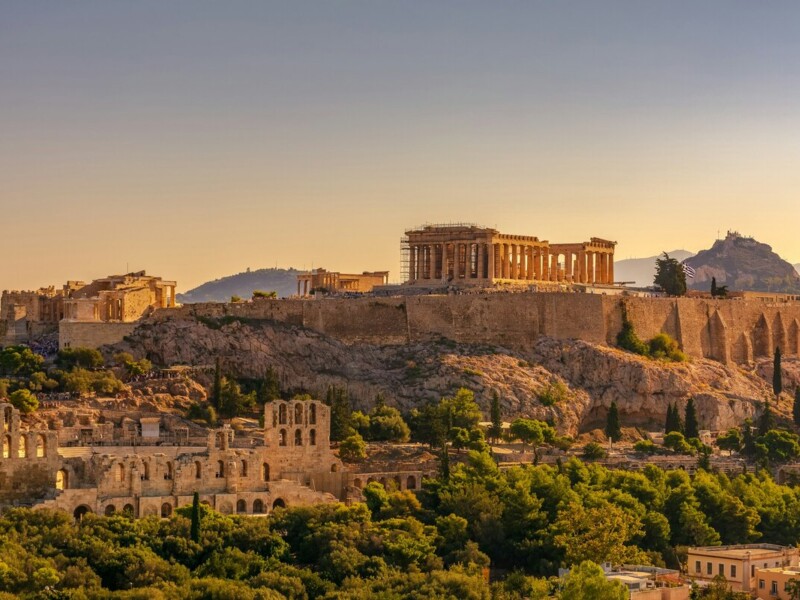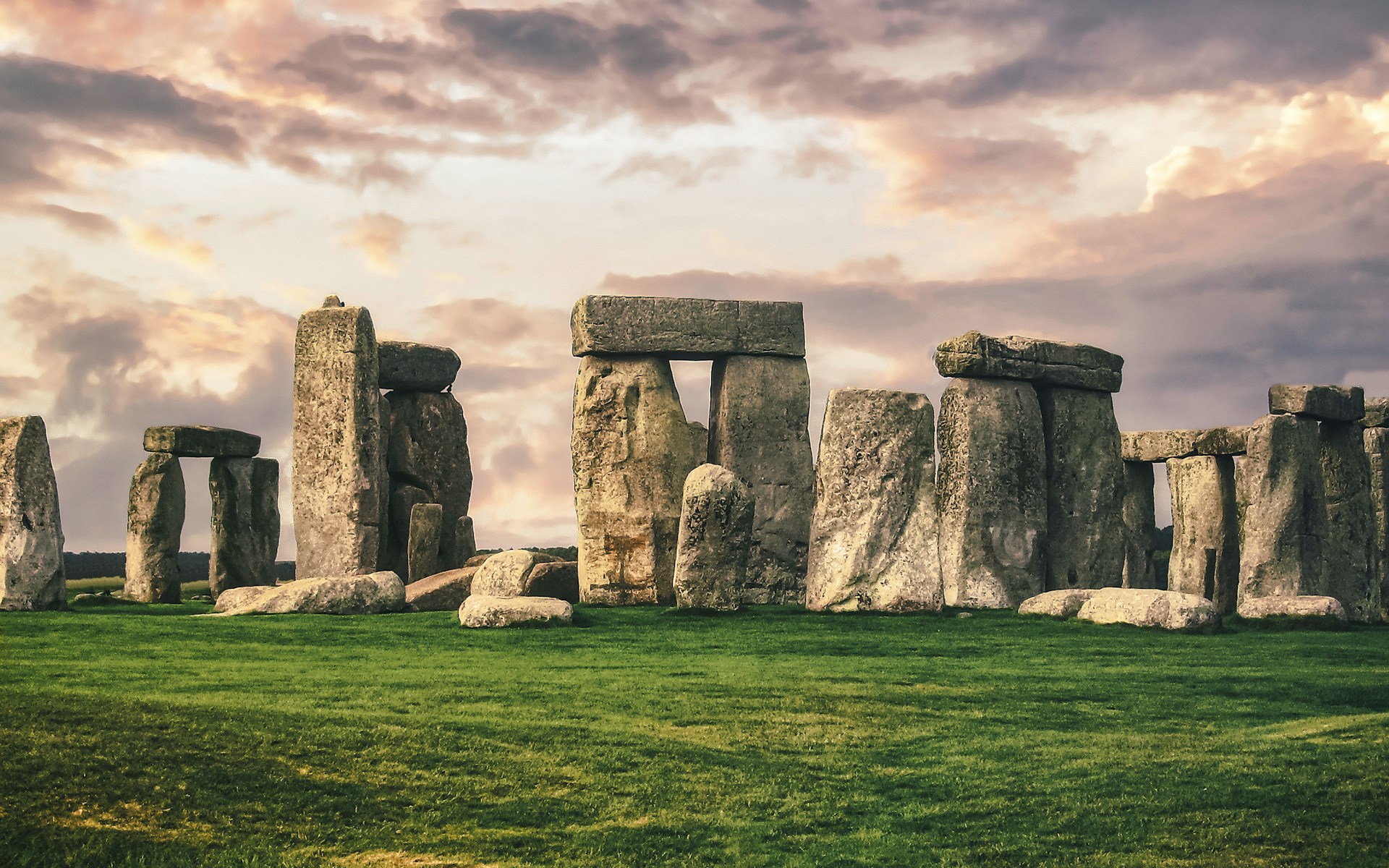
This continent is steeped in history. Echoes of the past resonate through both man-made places and natural landscapes. From the remnants of ancient civilisations to the grand monuments of the medieval and modern times, each site serves as a portal to a bygone era.
If you’re planning a getaway that immerses you into these insights and gives a deeper appreciation of the continent’s rich heritage, read our guide to 5 of the best spots.
1. Italy
One of the most emblematic symbols of Roman genius and culture is the Colosseum. Erected in the heart of ancient Rome in the first century AD, this colossal amphitheatre was the arena for dramatic contests and public spectacles, drawing spectators from across the empire.
Today, it stands partially ruined, but continues to inspire with its imposing structure. Visitors can explore the underground chambers where gladiators once prepared for battle and enjoy its grandeur under the soft lighting of night-time events, from classical concerts to art exhibitions.
2. The Acropolis of Athens, Greece
Towering above the city of Athens, the Acropolis serves as a beacon of the classical spirit, crowned by the Parthenon temple and dedicated to the goddess Athena.
This UNESCO World Heritage site exemplifies Greek architecture and leaves visitors awestruck by its memorable structure. Modern restoration efforts ensure that its splendour will continue for years to come, making the Acropolis a must-visit for anyone seeking to delve into the roots of Western culture.
3. The Greek Islands and the Legacy of Ancient Civilisations
Greece is at the heart of European history. The Greek islands are known for their idyllic beaches and stunning sunsets, but they are also custodians of history. Islands like Crete and Delos hold ruins that whisper tales of ancient times, from Minoan palaces to sacred temples.
These islands offer a combination of natural beauty and historical exploration, making them perfect for travellers who seek knowledge and relaxation. For those seeking a slower pace in Greece, MSC cruises provide a luxurious and educational journey through these historic islands, combining comfort with exploration.
4. Alhambra, Spain
In southern Spain’s Andalusia, the Alhambra stands as a majestic example of Moorish art and architecture. Originally built as a fortress, it was later transformed into a royal palace by the Nasrid sultans.
The Alhambra is renowned for its intricate Islamic art, stunning gardens, and the serene ambience of its courtyards. It’s worth visiting the palace at different times of day to see how the sunlight transforms its appearance and highlights details in the ornate carvings. Rich, warm colours and dappled shadows delight the senses.
5. Stonehenge, United Kingdom
In the British countryside, Stonehenge remains one of the most mysterious prehistoric monuments. This iconic stone circle has been the subject of speculation and research, with multiple theories about its purpose. From celestial observatory to sacred burial site, historians have varying ideas.
The nearby visitor centre provides exhibitions that offer insights into how Stonehenge was constructed and the many aspects of Neolithic life, so it’s always possible to learn something on your next visit.
Europe’s historical sites are to be experienced, not just visited. They offer a window into the cultural variety that has shaped the continent. As you explore them, remember that we all play a role in preserving them for future generations.




